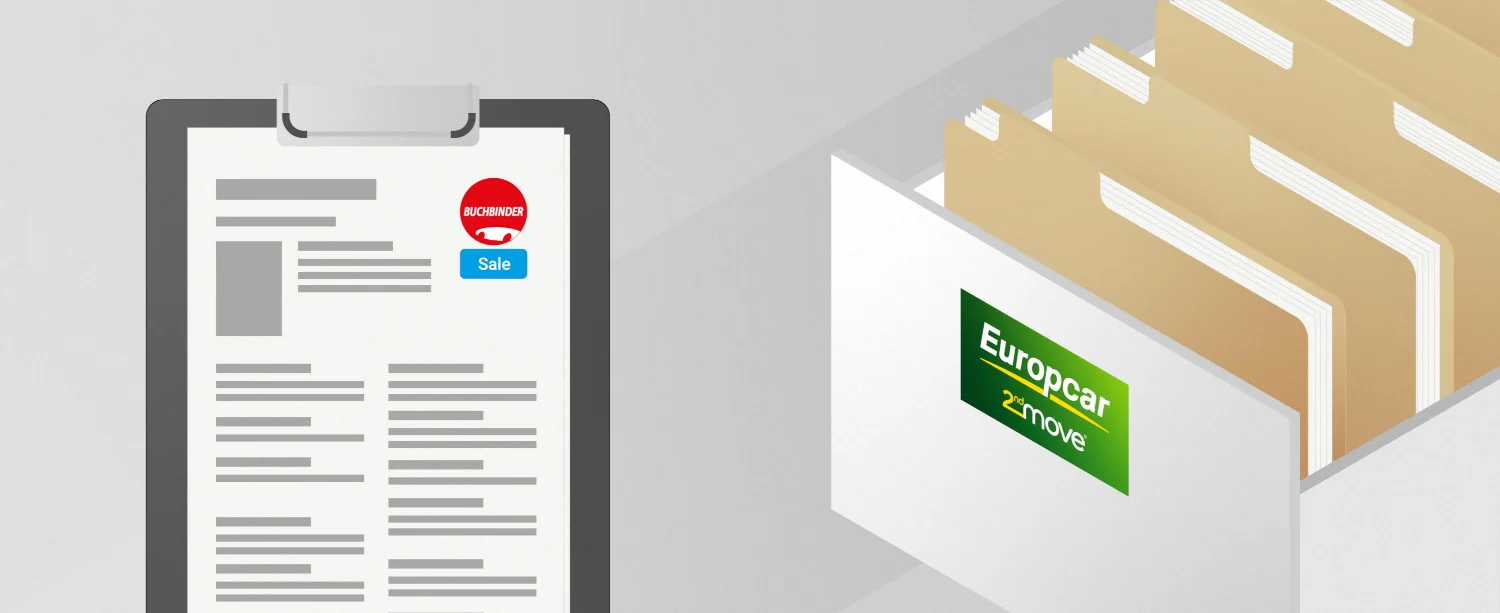Solar energy is an important factor on the path to sustainable energy. But despite all its advantages, the technology is very volatile and dependent on the weather. Particularly in private use, photovoltaics are used in addition to the regular power grid. The problem is that solar panels installed on roofs provide little to no energy in bad weather, in the evenings and at night. However, demand is particularly high at these times. The same applies to the darker and colder months, when the yield from solar energy is low and the need for electricity is high. On average, only around 30 percent of your own needs are covered by private photovoltaic systems.
However, the potential is significantly higher, because on sunny days the photovoltaic systems generate a surplus of electricity that is unused by the producer and fed into the general power grid for little profit. Storing electricity can lead to better economic efficiency. Electricity storage devices can be installed to capture the excess energy produced. However, these memories are expensive. An alternative is to purchase an electric car, which can be used as short-term storage with its batteries.
The electric car can be charged during the sunshine hours and the excess electricity remains with the producer. If the photovoltaic system generates insufficient electricity, the electricity in the car battery can be used. What sounds good, but in practice it usually looks like the owners are out and about in their vehicles during the sun-intensive midday period and the full energy potential cannot be exploited. In addition, manual handling is very complicated.
Bidirectional charging offers various options
One solution to this is to install an intelligent energy management system that measures the excess PV electricity as well as the house's electricity consumption and controls the home wallbox so that the electricity flows back and forth between the car and the house as needed.
This approach is called bidirectional charging. Many experts see this as the future of private electricity supply. To enable bidirectional charging, an electric car and a suitable wallbox with uniform software that enables intelligent energy management are required. The software must be able to measure the electricity generated and the energy requirements of the house and recognize how much electricity can be fed into the car and back again. Surplus energy generated on sunny days should not be fed into the general grid, as is currently the case. Instead, the extra electricity should be stored for your own consumption. The battery of the electric car can store the electricity and return it to the house when the solar panels produce less electricity, which is important in the evenings, for example.
There are generally three ways to use bidirectional charging:
• Vehicle-to-Load (V2L) is the traditional charging of devices via ports within the car. The car passes on the electricity from the wallbox directly.
• With vehicle-to-home (V2H), the battery of an electric car stores the excess energy produced and supplies your own home with electricity when needed. This ensures more independence from the electricity provider and is cost-efficient.
• Vehicle-to-Grid (V2G) means that electric cars support the general grid with their storage capacities and feed in stored electricity. This variant can prove to be very efficient and ecological for the German electricity mix. Especially at times when there is a lack of renewable electricity, the electricity stored in electric cars can be used as a buffer and enable a more consistent supply of renewable energy. If enough cars are connected together, they could act as a “virtual power plant.”
However, there are currently still few offers of suitable electric cars and wallboxes and the providers of the necessary technology are behind in development. Nevertheless, experts see bidirectional charging as an important step towards greater energy security. This technology would have a stabilizing effect, particularly on the fluctuating energy supply from renewables.
 To register, you will be redirected to the Europcar 2ndMove website. After registering, you can log in to Buchbinder-Sale.de.
Next
To register, you will be redirected to the Europcar 2ndMove website. After registering, you can log in to Buchbinder-Sale.de.
Next
 To register, you will be redirected to the Europcar 2ndMove website. After registering, you can log in to Buchbinder-Sale.de.
Next
To register, you will be redirected to the Europcar 2ndMove website. After registering, you can log in to Buchbinder-Sale.de.
Next






 Registration
Registration  Login
Login All vehicles
All vehicles  Direct Sale
Direct Sale
 Auctions
Auctions
 Service
Service
 Company
Company
 My Area
My Area 
